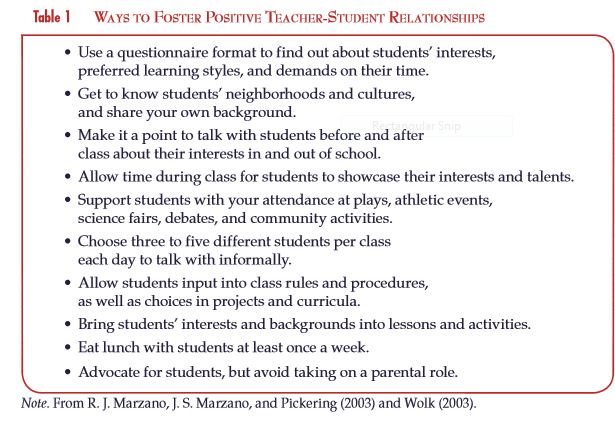Fostering an Inclusive Learning Environment
The focus of my reflection is on category five of the IPC Learning Environment, specifically on fostering an inclusive learning environment. This means teachers should strive to create a family-like atmosphere in their classroom that is conducive to learning and where all students are included and valued members.
A key way for teachers to establish this type of a classroom environment is simply by listening to their students. In the frequently chaotic physical education learning environment, it will be difficult at times for teachers to be able to listen to their students all the time. It is extremely important, however, for teachers to have good verbal and non-verbal listening skills with their students as often as possible. Too often, teachers don’t take the time to really listen to what the student is saying and the student will pick up on that and think the teacher does not care about them or think they are important. When teachers make concerted efforts to know their students as individuals, they are communicating to the students that they value their interests, cultures and life experiences (Bucalos and Lingo, 2005).
Fostering a positive teacher-student relationship is another key way for teachers to establish an inclusive, family-like classroom atmosphere. The below table (Bucalos and Lingo, 2005) lists many ways to do this.
Of the items listed in the above table, I will especially strive to work on the following three items with my students:
• Allow time during class for students to showcase their interests and talents.
• Make it a point to talk with students before and after class about their interests outside of school.
• Choose 3-5 different students per class each day to talk with informally. There will probably not be enough time to do this with that many students every day. A better goal would be 2-3 students per class per day.
Reference
Bucalos, A. and Lingo, A. (2005), What Kind of Managers do Adolescents Really Need?
Managing Adolescent Behavior.
